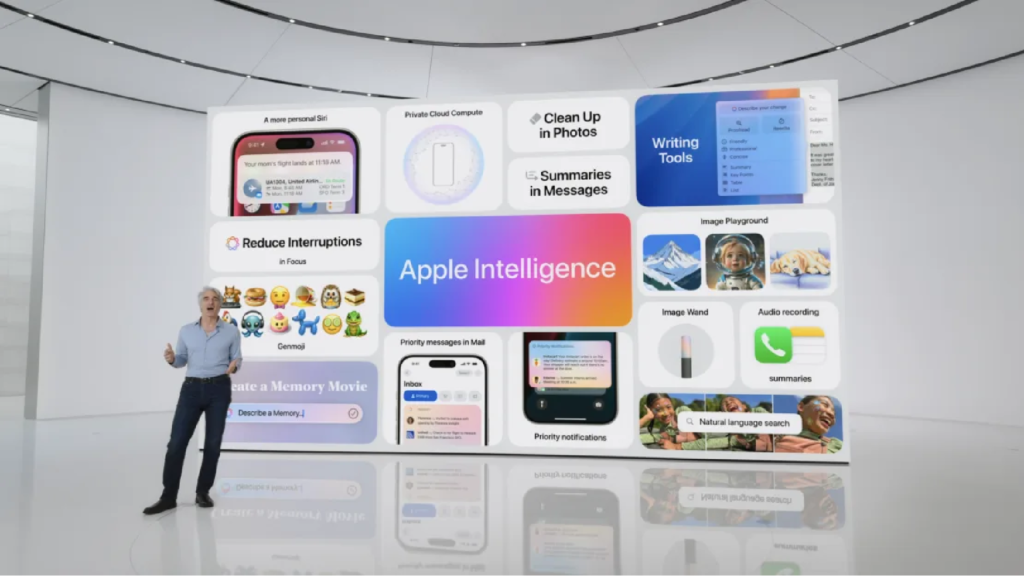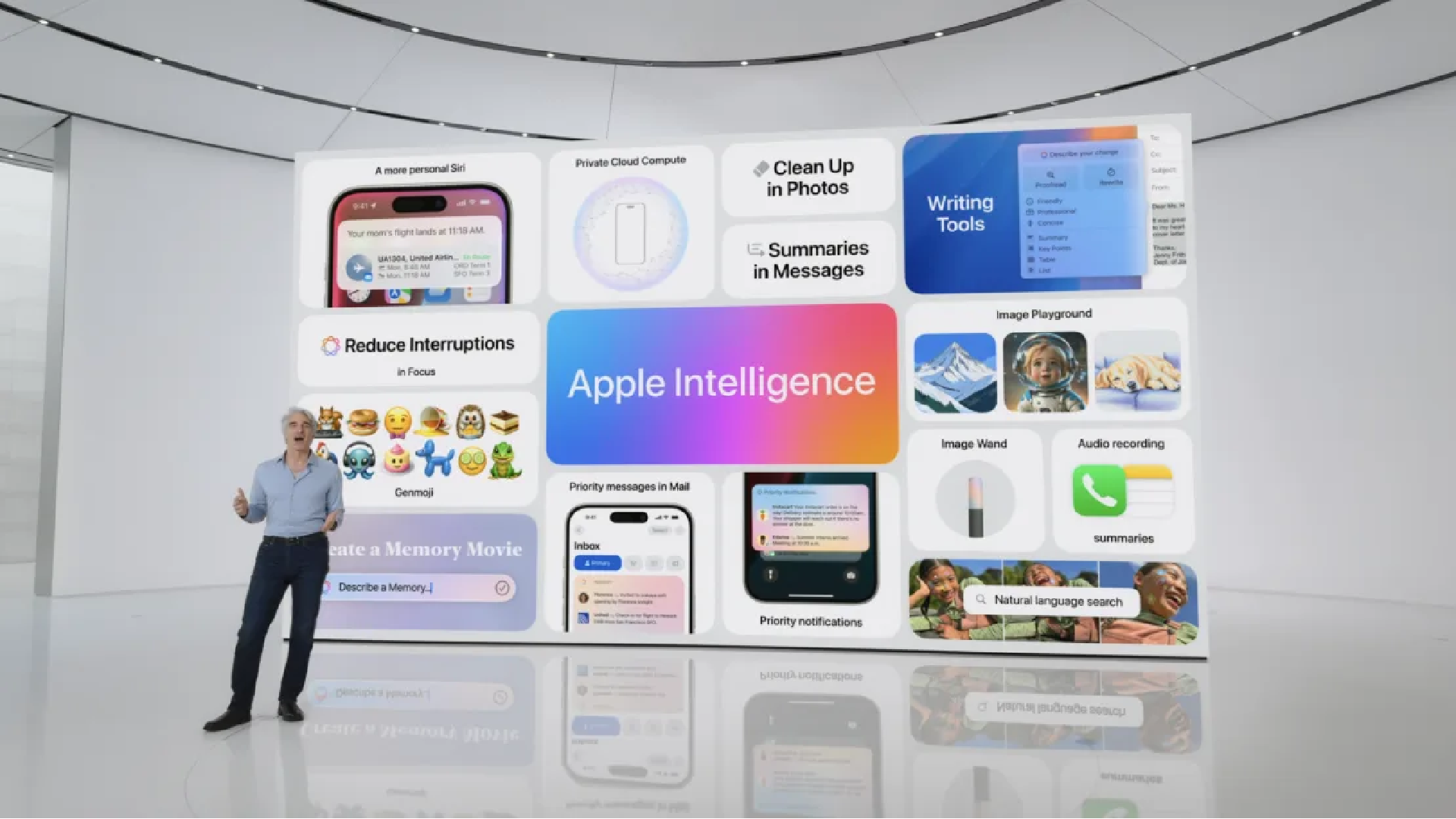
Apple’s A1: We’ve seen some of this before
- entspos
- 9:24 pm
- June 20, 2024
Apple is poised to bring artificial intelligence into the mainstream, though some of its new features resemble those already offered by competitors. Following Tuesday’s annual Worldwide Developers Conference, Apple previewed several AI-powered tools coming to the iPhone, iPad, and Mac this fall under the banner of “Apple Intelligence.” While some innovations mark a new era for Apple, others show the company catching up with industry trends.
For many users, this will be their first experience with generative AI—technology that delivers comprehensive responses to queries—integrated into their daily devices. The most significant update is a modernized, smarter Siri, aiming to transform the often unreliable virtual assistant into a dependable, personalized chatbot. However, other AI tools seem familiar. For instance, Apple Intelligence will correct typos and grammar in emails, similar to Grammarly, and refine casual drafts into professional ones, akin to Microsoft’s AI Copilot. Additionally, it will allow users to remove distractions from photos, much like Google Pixel’s Magic Eraser, and create AI-generated images from sketches, similar to Samsung’s Image Wand.
Apple’s approach typically involves extensive research and development to perfect new technologies before integrating them into products. However, the rapid adoption of generative AI might have accelerated Apple’s timeline to introduce these advancements and showcase its behind-the-scenes efforts.
The AI tools will be available to users with Apple’s most advanced devices, such as the iPhone 15 Pro or Macs with M1, M2, and M3 processors. This rollout could encourage consumers to upgrade their devices at a time when many are holding onto older models longer.
Most of the new tools are powered by Apple Intelligence, with limited involvement from OpenAI, the creator of ChatGPT. In a demo, Apple illustrated how AI could refine cover letters, suggest changes, adjust the tone of emails, rework sentence structures, and catch typos. In the Notes app, users could ask for summaries of meetings or lectures, while the Photos app could remove unwanted elements with a tap. Customized photos for messages, such as images of the Golden Gate Bridge with fireworks or a birthday invitation featuring a dinosaur on a surfboard, were also showcased. Apple’s Genmoji, AI-generated emojis using the user’s likeness, introduces novel communication methods in texting and interactions.
Siri will see significant improvements, becoming more contextually aware and personalized. For example, Siri can seamlessly adjust an alarm time and understand conversation contexts, like knowing you’re talking about Roger Federer and providing relevant information without needing to mention his name explicitly. When Siri encounters a query beyond its scope, it can pass the task to ChatGPT with the user’s consent. This limited partnership allows Apple to bridge gaps in its technology while minimizing risks associated with misinformation, biases, and security concerns that AI companies like OpenAI face.
Apple emphasized privacy and security during its presentation, noting that most AI functions will be processed on the device itself, keeping data off remote servers. While Apple’s stock price dipped slightly on Monday following the announcements, it rose more than 7% on Tuesday.
These developments mark Apple’s initial steps into the rapidly evolving AI landscape, positioning the company as a significant player in the competitive AI arms race.















